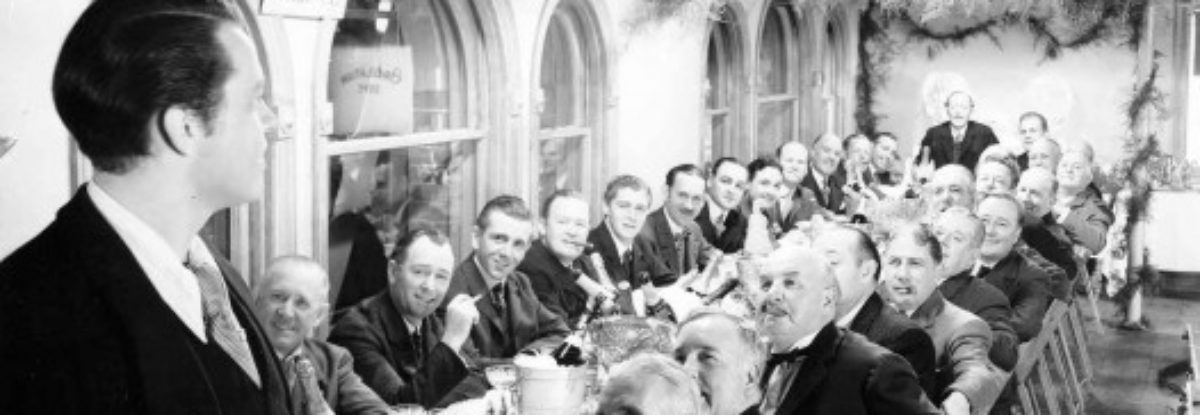Can anyone explain to me why it is necessary to colourise old films? Colourisation is a big no no for me. I mean, can you imagine watching Citizen Kane in colour? It would be like daubing graffiti on the Sistine Chapel. Thankfully it will never happen because Orson Welles had it written into his contract that Citizen Kane was a film “made in black and white” and so black and white it will always remain. Black and white photography is an art form in itself, and you can do things with black and white that you can’t do with colour, for example effects with light and shadow to create atmosphere. It is particularly good for film noirs and any film which is attempting a certain level of realism such as the British kitchen sink dramas of the 1960s. It’s a shame more directors don’t work in black and white these days, although interestingly Francois Ozon’s new film has been made that way so it will be interesting to see what that is like.

I have no problem with a colour version of Jour de fête being released in 1995. This is because Tati shot his debut film simultaneously in black and white and in an untested new colour process called Thomsoncolor. When it proved impossible to print colour copies from the negatives, Tati had to abandon plans to release a colour version and the black and white version made it to cinemas. Only in 1995 was the problem of how to make a full colour print from the Thomsoncolor negatives solved and the film was finally seen as Tati had originally hoped. Instead of the thick, rich colour of Technicolor productions, the Thomsoncolor tones of Jour de fête have a muted pastel quality.
Where I do have a problem is with film noirs being colourised. Colourising classic noirs like the Big Sleep and the Maltese Falcon is just wrong. I don’t want to see what they look like in colour. For me the films have to be in black and white because the noir genre is about creating a dark mood conveyed through the use of expressionistic low-key lighting and deep, ominous shadows.
Laurel and Hardy in colour = Laurel’s Ginger Hair and Hardy
That’s interesting about Jour de Fete, I didn’t know that and would be interested to see it in colour. I think the issue is one of directorial intent. If the director intended the film to be in colour, then that is the version that should be shown. The only version I’ve seen of Jour de Fete is the one in black and white with splashes of red, which I thought worked well.